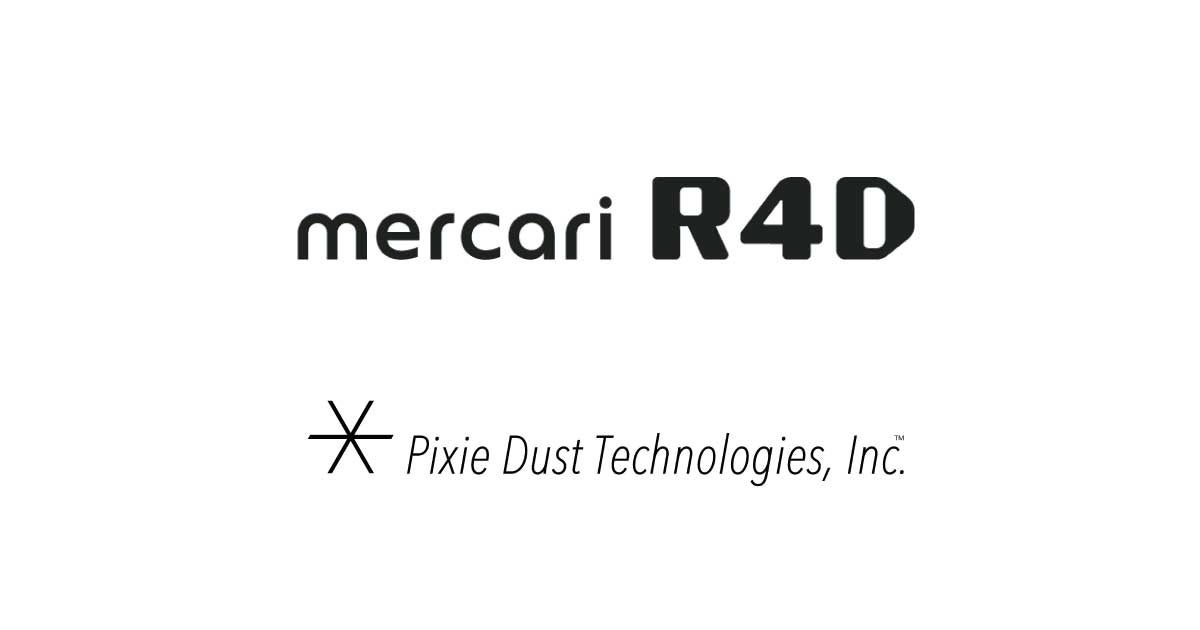
- HCII 2022について
HCIIはヒューマンコンピューターインタラクションに関する国際会議の一つで、ヒューマンコンピュータインタラクションの理論、方法論、実践における挑戦的で革新的なトピックを対象として扱っています。
HCII2022 (https://2022.hci.international/)
- 研究成果報告内容
Nagatani, Y. et al. (2022). How Visually Impaired People Use Information Media and E-Commerce in Japan. In: Stephanidis, C., Antona, M., Ntoa, S. (eds) HCI International 2022 Posters. HCII 2022. Communications in Computer and Information Science, vol 1580. Springer, Cham. https://doi.org/10.1007/978-3-031-06417-3_74
■ HCII2022 Abstract原文
Although existing information technology has several challenges in terms of low levels of accessibility for visually impaired people, it can become a promising tool that encourages them to actively participate in society with appropriate technical development. In this study, a questionnaire-based investigation was conducted to clarify the current state of the information media and functions of accessibility support utilized by visually impaired people. The number of respondents who do not shop online was small. Especially in the blind group, more than 70% stated that they shop online always or often. We also investigated whether visually impaired people sell items, including offline, and the media they use or why they do not sell items. While the data demonstrate that those with blindness can use brick-and-mortar stores where they can sell face-to-face, directly to the store, they imply that those with blindness are apprehensive about selling or listing using ICT devices. The data also indicate that both those with blindness and with low vision would consider selling or listing their items for sale if selling/listing procedures and operations were easier. This suggests that technical support or a solution within a system is required.
■ HCII2022 Abstract 日本語訳
現在の情報技術は、視覚障がい者にとって、アクセシビリティが低いなどの課題がある一方で、技術的な改善を行うことによって、視覚障がい者の積極的な社会参加を促す有用なツールとなる可能性がある。本研究では、視覚障がい者が利用している情報メディアの現状とアクセシビリティ支援機能の実態を明らかにするために、アンケート調査を実施した。本調査を通じ、オンラインでの商品購入を一切行わないという回答者は少ないという結果が得られた。特に全盲者のグループでは、70%以上が常にまたは頻繁にオンラインで物品購入を行っていると回答した。また、視覚障がい者が、オンラインフリーマーケットや実店舗などを含めて物品販売を行っている状況と共に、当該物品販売を行っている場合はそのメディア、行っていない場合にはその理由についても調査した。その結果、全盲者は直接販売できる実店舗を使用している比率が高く、情報デバイスを使用した販売には不安を感じていることが示された。加えて、全盲者と弱視者のいずれもが、販売の手順と操作が簡単であれば、物品の販売を行いたいと考えていることも明らかになった。この結果は、オンラインシステム側でのさらなる技術的サポート、または新しい解決手段が求められていることを示唆している。
- 共同研究の背景
私たちは、常に変化し続けるデジタル環境が、人種、民族、性別、社会経済的地位など、多くの情報格差に影響を及ぼす現実を目の当たりにしてきました。また、デジタルコンシューマ製品向けのアクセシビリティへの取り組みの多くは、商業的に実用的な年齢層、および障がいを持たないユーザ向けに設計された、アプリケーションの事後的な適応と考えられています。
PxDTは、身体的・能力的困難の超克とそれらに伴う社会課題の解決に向けて取り組む xDiversityプロジェクトに参画しています。これまでに、聴覚に障がいがある方も音楽を楽しめる視触覚デバイスや、車いすを使う人が好きなときに好きな場所へ行ける自動運転車いすなどを開発し、テクノロジーの活用による持続可能なダイバーシティ社会の実現に向けて取り組んできました。
一方、メルカリはCtoCマーケットプレイス事業を展開しており、創業以来、様々なお客さまに利用していただいています。近年「メルカリ」において60代以上の利用者が増加しているという背景もあります*1。また現在メルカリでは、CtoCマーケットプレイスのインタラクション(ユーザとシステムの相互作用)における、高齢者や視覚障がいを持つお客さまの課題特定、および検証を行い、Eコマースのアクセシビリティのガイドラインを提案することや、アクセシブルなEコマース製品の設計および開発を目指しています。
以上の背景から、2020年12月よりPxDTとR4Dとの共同研究を推進しています。
*1 『60代以上の「メルカリ」取引データ分析』 および 『COVID-19拡大に伴う60代以上の意識・行動変化とフリマアプリ利用』に関する調査を発表
===
Pixie Dust Technologies, Inc. and Mercari R4D Presented Collaborative Research Results at HCII2022, an International Conference on Human-Computer Interaction
Pixie Dust Technologies, Inc. (“PxDT”), a company using technologies developed in academic circles to solve real social issues, presented the results of its collaborative research with Mercari R4D (“R4D”), the research and development arm of Mercari, Inc. (“Mercari”), at the 24th International Conference on Human-Computer Interaction (“HCII2022”).
About HCII2022
HCII is one of the international conferences on human-computer interaction, covering challenging and innovative topics in the theory, methodology, and practice of human-computer interaction.
HCII2022 (https://2022.hci.international/)
Outline of Research Results
Nagatani, Y. et al. (2022). How Visually Impaired People Use Information Media and E-Commerce in Japan. In: Stephanidis, C., Antona, M., Ntoa, S. (eds) HCI International 2022 Posters. HCII 2022. Communications in Computer and Information Science, vol 1580. Springer, Cham. https://doi.org/10.1007/978-3-031-06417-3_74
HCII2022 Abstract:
Although existing information technology has several challenges in terms of low levels of accessibility for visually impaired people, it can become a promising tool that encourages them to actively participate in society with appropriate technical development. In this study, a questionnaire-based investigation was conducted to clarify the current state of the information media and functions of accessibility support utilized by visually impaired people. The number of respondents who do not shop online was small. Especially in the blind group, more than 70% stated that they shop online always or often. We also investigated whether visually impaired people sell items, including offline, and the media they use or why they do not sell items. While the data demonstrate that those with blindness can use brick-and-mortar stores where they can sell face-to-face, directly to the store, they imply that those with blindness are apprehensive about selling or listing using ICT devices. The data also indicate that both those with blindness and with low vision would consider selling or listing their items for sale if selling/listing procedures and operations were easier. This suggests that technical support or a solution within a system is required.
Background
In the ever-changing digital world of today, our access to information is limited by factors such as race, ethnicity, gender, and socio-economic standing. Many efforts to address accessibility issues in digital consumer products apply their solutions after the fact, with most applications primarily designed for users of commercially and practically viable age, without concern for disability.
PxDT is part of the xDiversity Project, which works to help people overcome physical difficulties or disabilities and solve the social issues these disabilities entail. PxDT has developed tactile and visual devices to allow people with listening impairments to enjoy music and automated wheelchairs allowing wheelchair users to go where they want, when they want. In this way, they have worked to achieve a sustainable, diverse society through technology.
Mercari’s C2C marketplace app boasts a wide variety of users who have signed up for the service since its founding. In recent years, the number of Mercari users in their 60s or older has also been increasing.1 Mercari is currently working to define and test the issues which users of advanced age or visual impairment face in their interactions with Mercari’s C2C marketplace (that is, the interplay between these users and the system). Through this, Mercari aims to propose guidelines for e-commerce accessibility, as well as design and develop accessible e-commerce products.
With the above background, PxDT and R4D have been pursuing a collaborative research project since December 2020.
1. Mercari survey findings: “Analysis of Mercari Transaction Data for People in Their 60s and Older” and “Changes in Attitudes and Behaviors of People in Their 60s and Older and Use of Marketplace Apps with the Spread of COVID-19” (Only available in Japanese)


